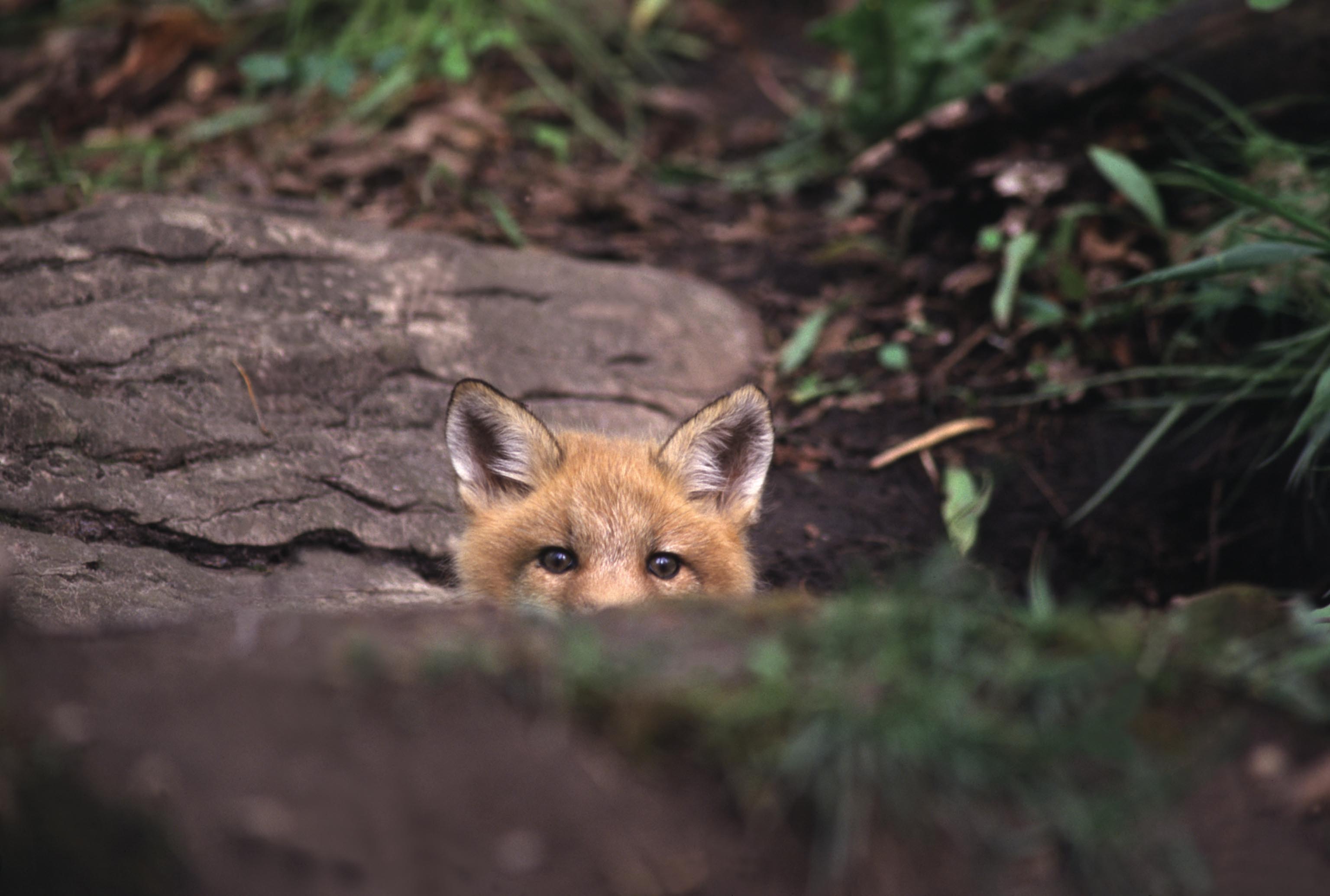Autumn life in the arboretum
Spiders

Did you know that autumn is a brilliant time to marvel at the intricacy of a spider’s web? On a cold autumn morning, why not take a walk through Silk Wood and go spider spotting? You’ll find their elaborate webs are particularly beautiful when there’s a heavy dew or frost.
At this time of year, common spiders are fully-grown. If you’re lucky, you might spot one constructing its web. Take a moment to admire the exquisite and complex creation. You might also glimpse drifting gossamer produced by dispersing baby spiders. This amazing process is known as ballooning. The spiders climb up high to produce threads that catch the wind like a parachute. The breeze then carries their minute offspring across long distances.
Where: Throughout the arboretum
When: Most frequently seen in late summer and autumn
Time: Most visible in the early morning dew.
Forest fungi

Triggered by autumn rains, fungi can suddenly appear out of nowhere. An astounding 1,218 different species of fungi have been recorded at Westonbirt – the highest number in the West of England! Many of these fascinating fungi have equally enchanting names.
You’ll quickly discover a huge range of these odd organisms at Westonbirt. From the amethyst deceiver, which you’ll most likely spot under the leaf litter surrounding a beech tree. To the shaggy parasol, which you’ll have seen growing in magical fairy rings, to dead man’s fingers, which eerily resemble rotting fingers reaching up out of the ground!
Where: Sheltered woodland areas
When: Most abundant in October
Time: Any time of day
Fruits and nuts

Autumn colour isn’t just about the leaves! A whole compendium of colours can be spotted in the beautiful berries across the arboretum. Many trees produce berries so that birds and other animals will gulp them down and later distribute the seeds.
Westonbirt provides all sorts of tasty treats for visiting wildlife. In the autumn, fruits ripen for the taking. Many members of the rose family produce berries that are particularly popular with birds. The rowan or mountain ash yields wonderful scarlet fruits that are a rich source of autumn food for caterpillars of the apple fruit moth, as well as a huge variety of birds including the blackbird and song thrush. The common hawthorn’s deep red berries are rich in antioxidants and popular with small mammals and migratory birds like redwings.
Nuts are also aplenty in the autumn. Horse chestnut conkers are a firm favourite with deer and other mammals. There are also a number of walnut trees at Westonbirt, but you’ll have to be very quick to spot a walnut before the squirrels get to them!
Where: All over the arboretum
When: Both berries and nuts can be seen in copious
quantities by September
Time: Any time of day, spot them before they’re gobbled by wildlife!
Where have the garden birds gone?

With copious quantities of wild food in autumn, you may find that your bird feeder is going untouched! Preferring natural seeds and berries, you’re likely better off leaving spotting your birds at Westonbirt until later in the year, when less plentiful food supplies may see them returning to your garden feeder.
Share your favourite autumn
experiences at Westonbirt.
Email us at magazine@fowa.org.uk
